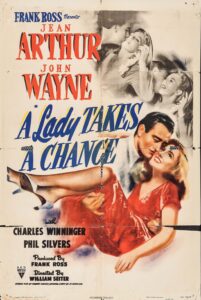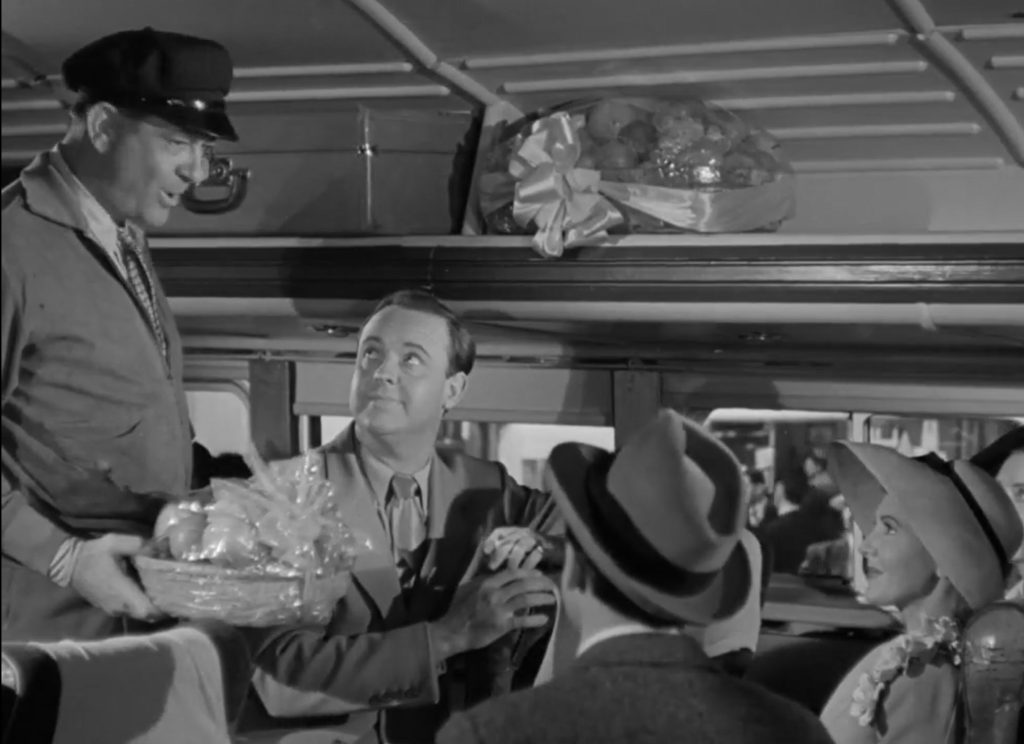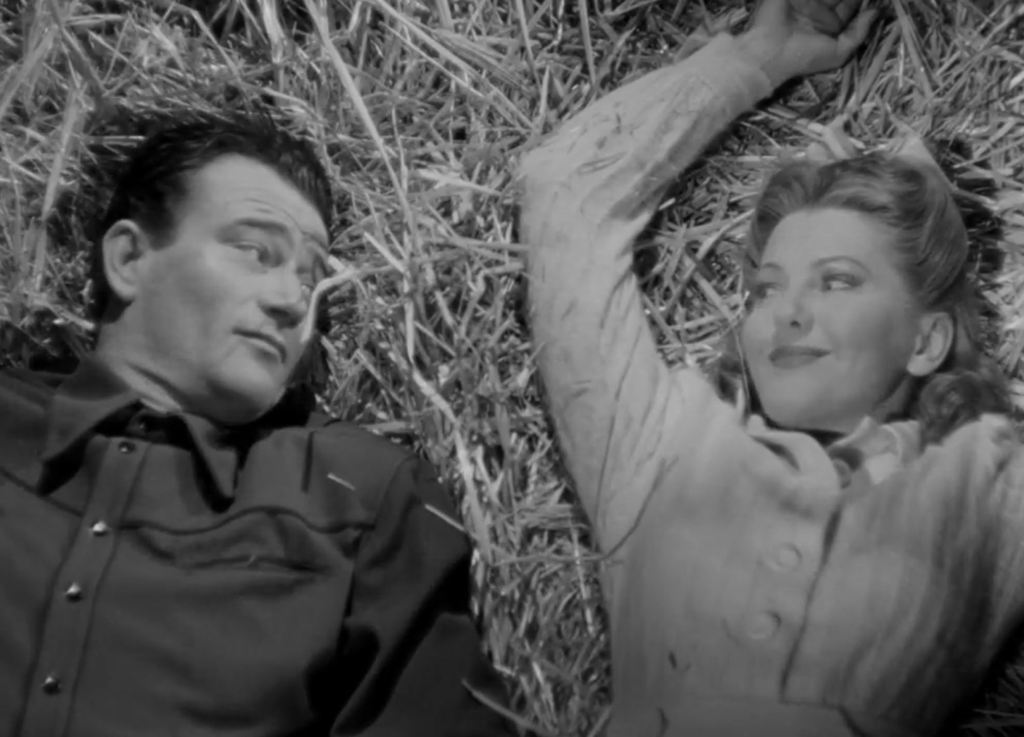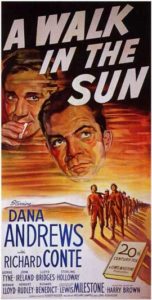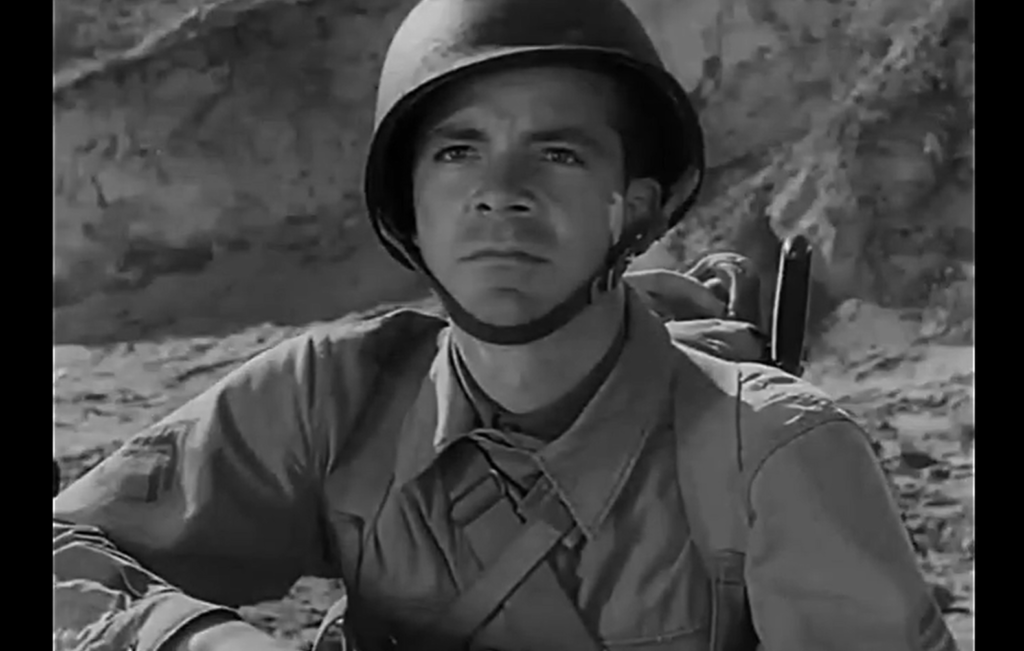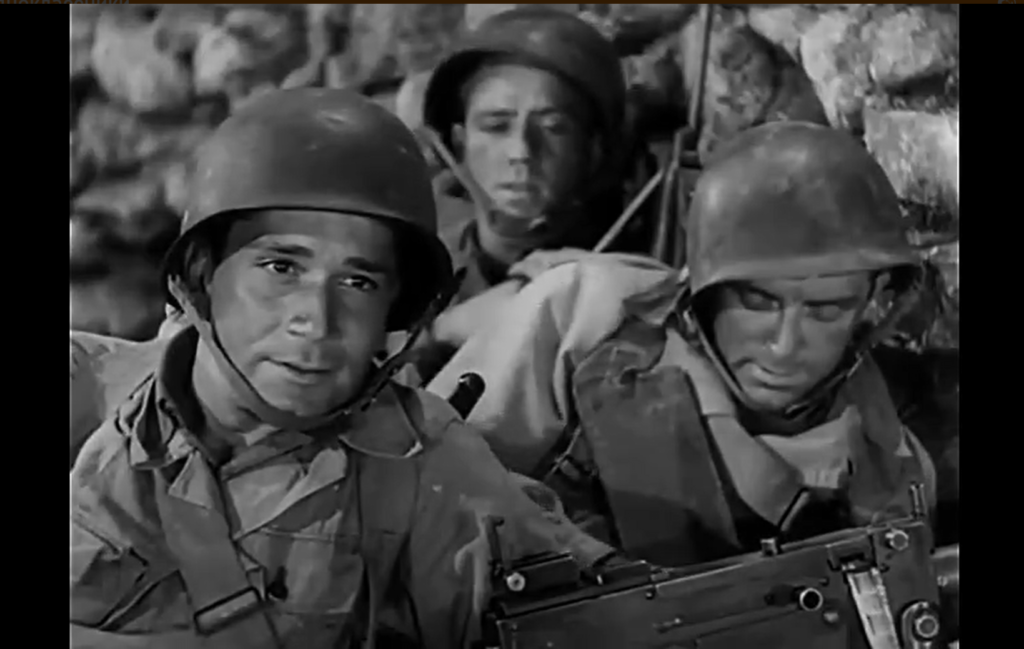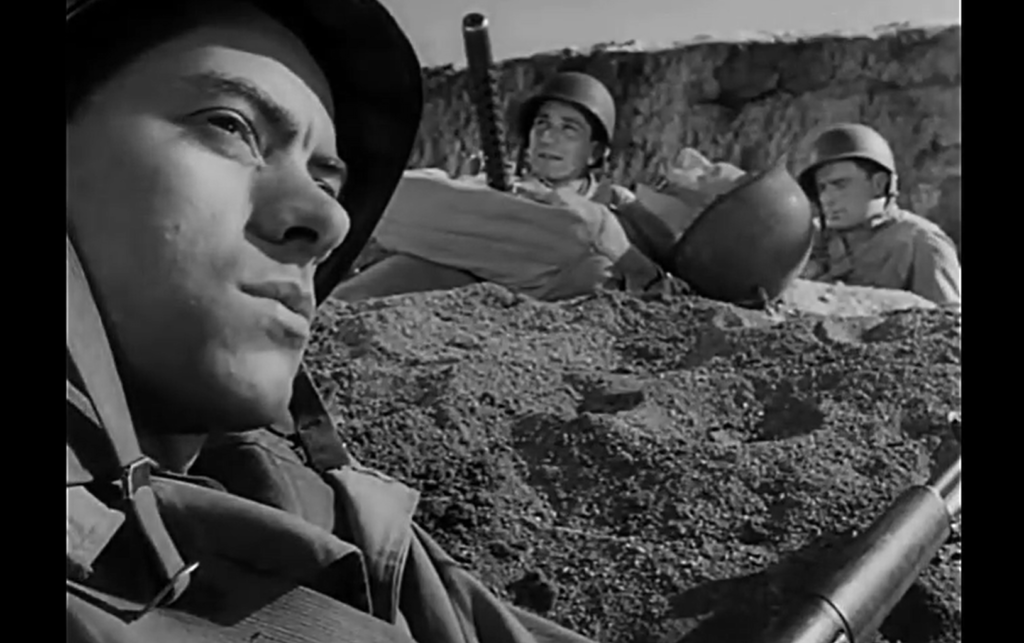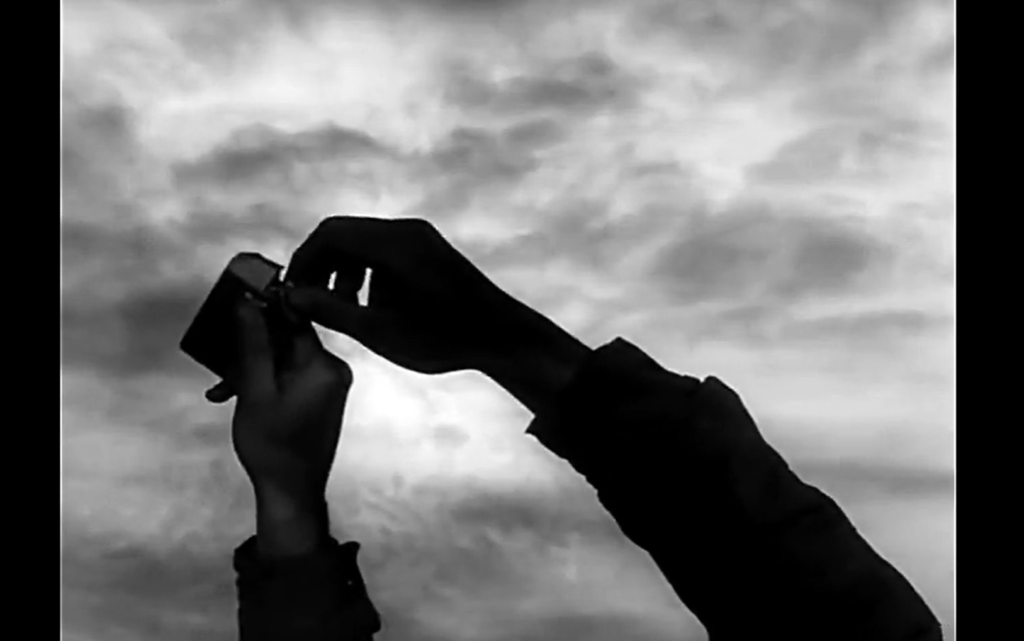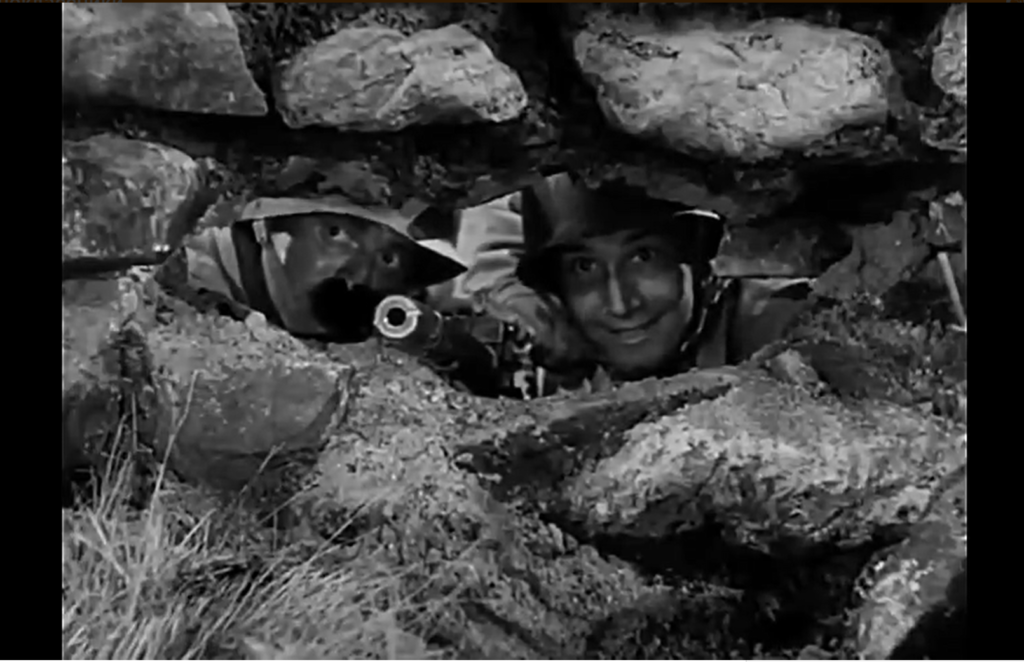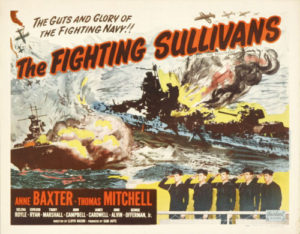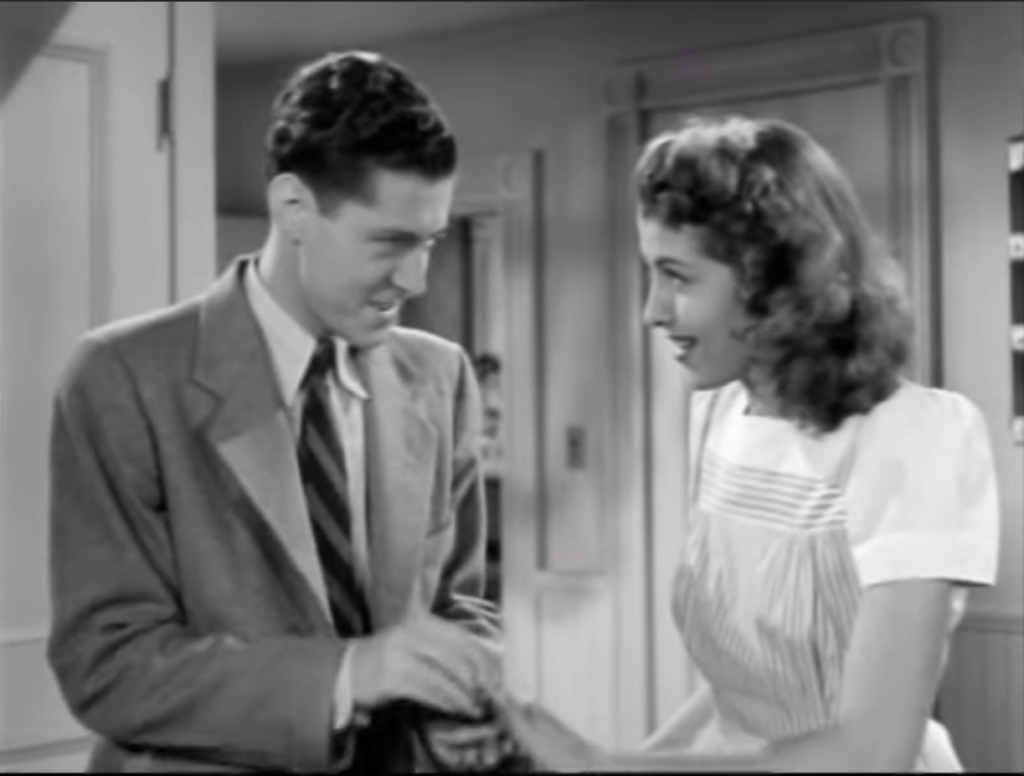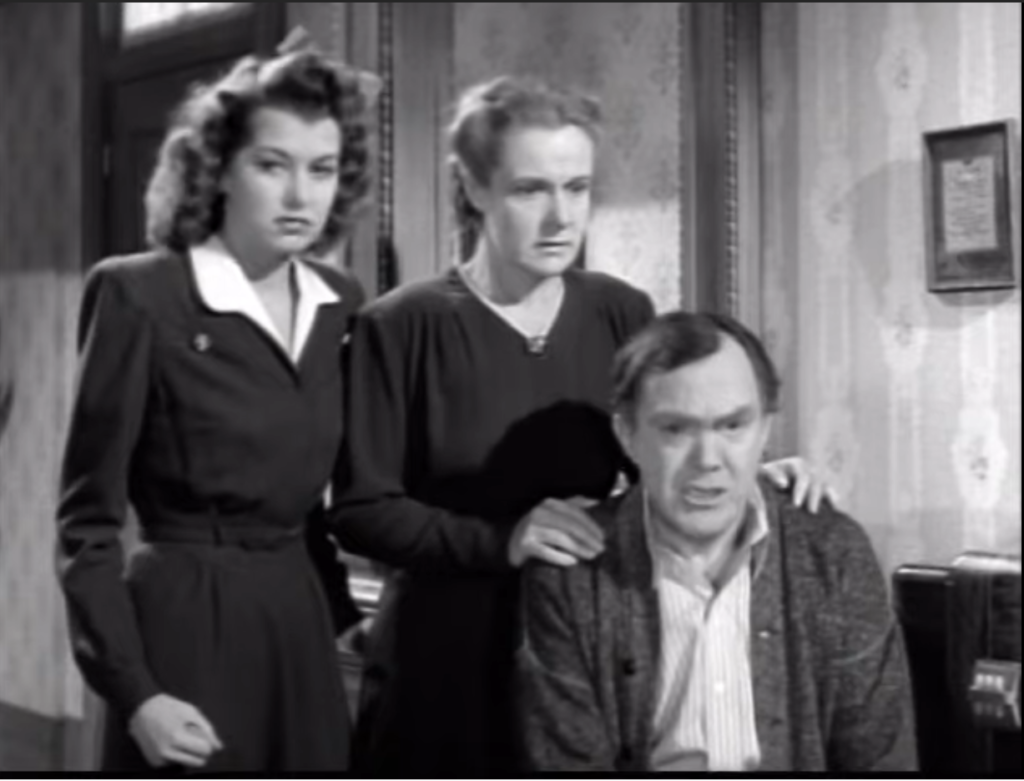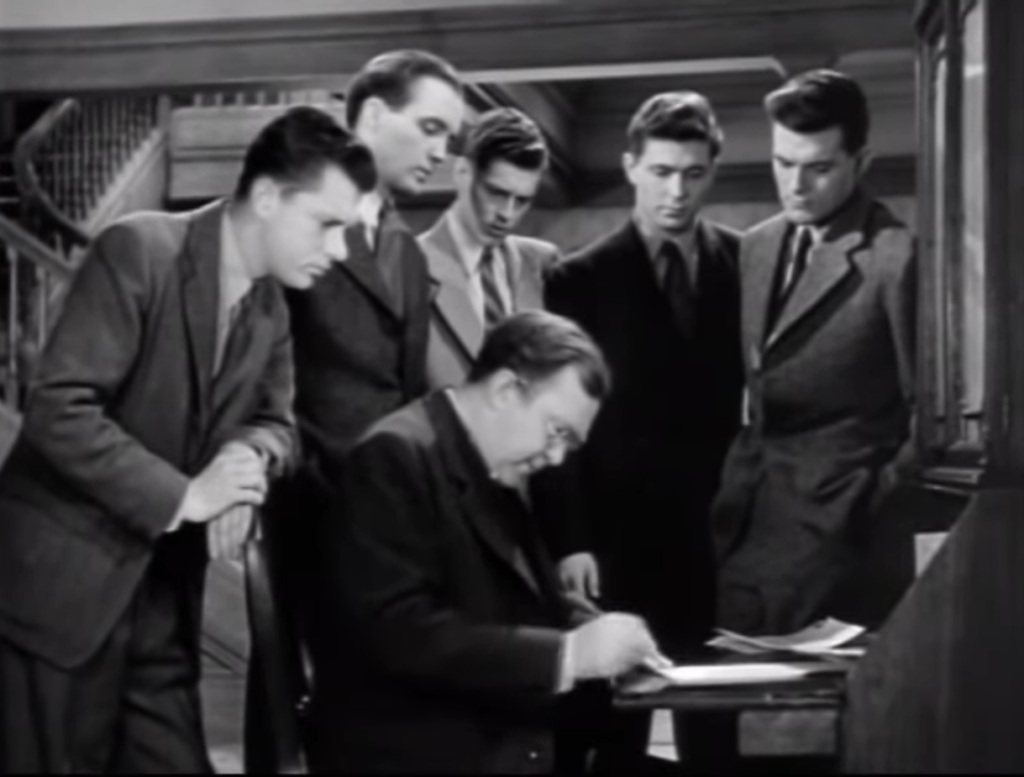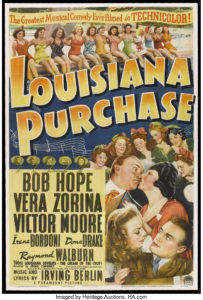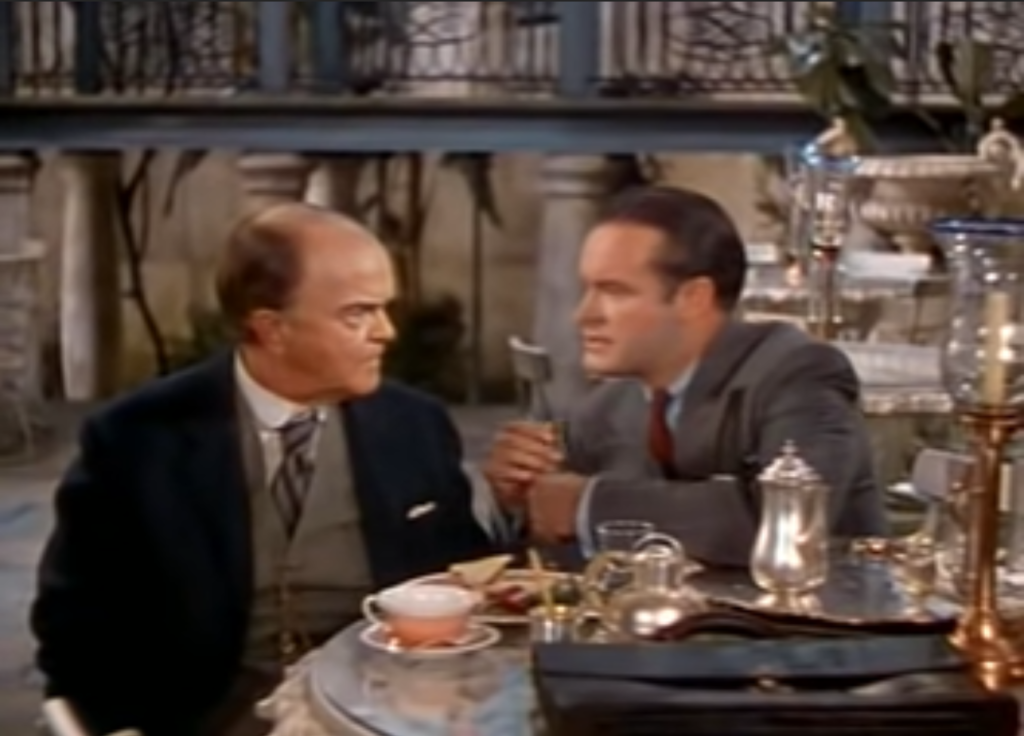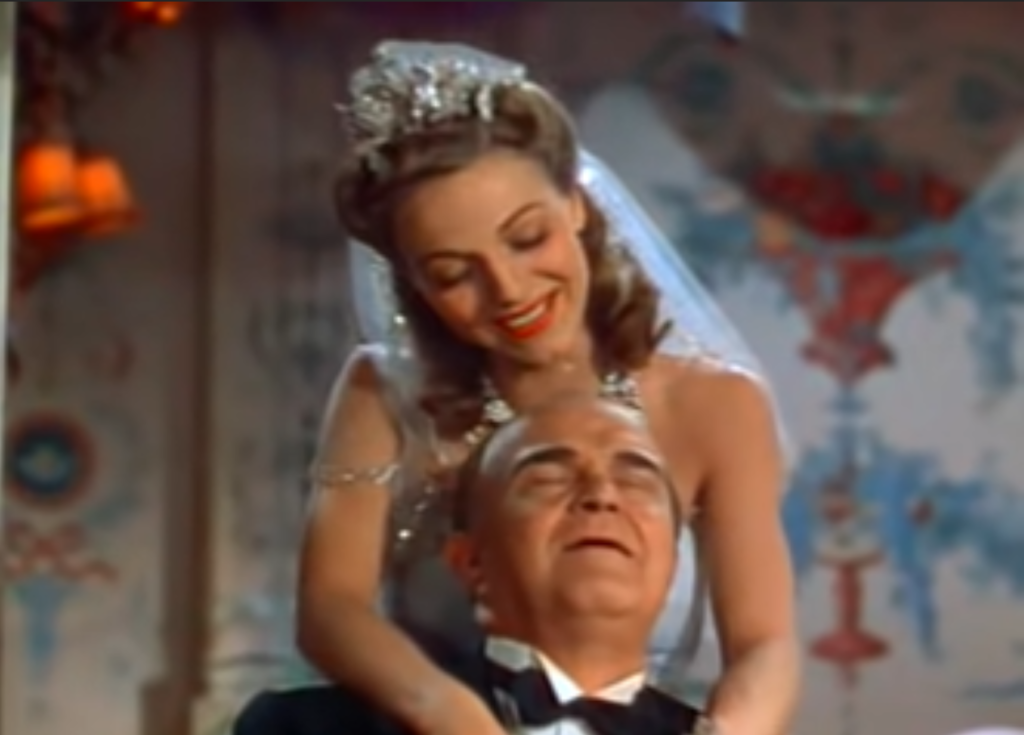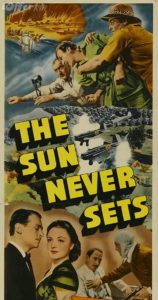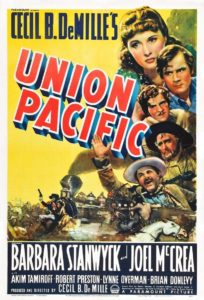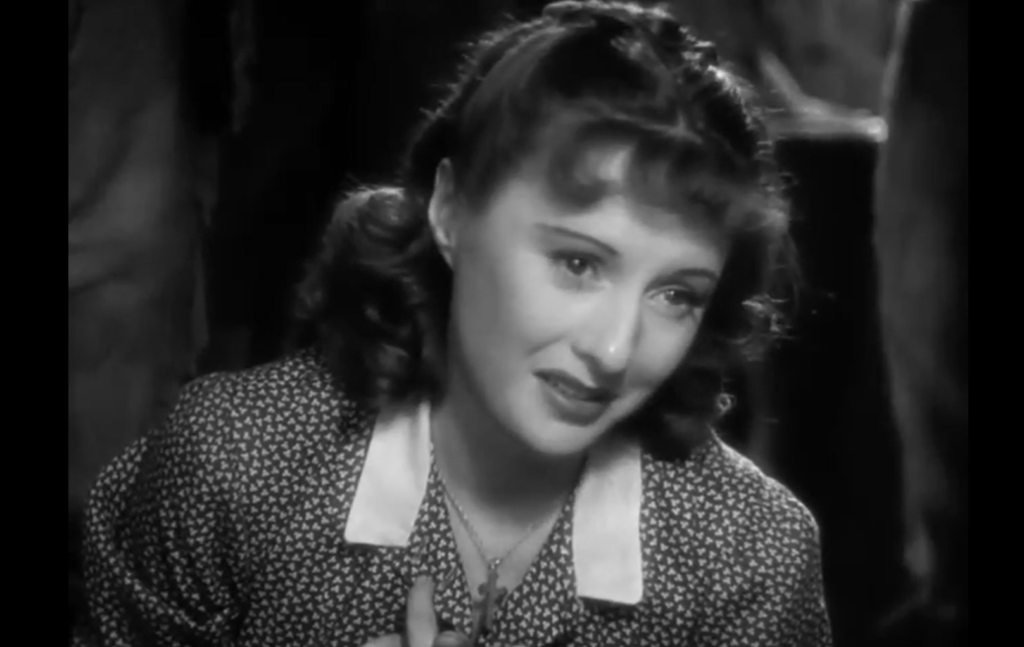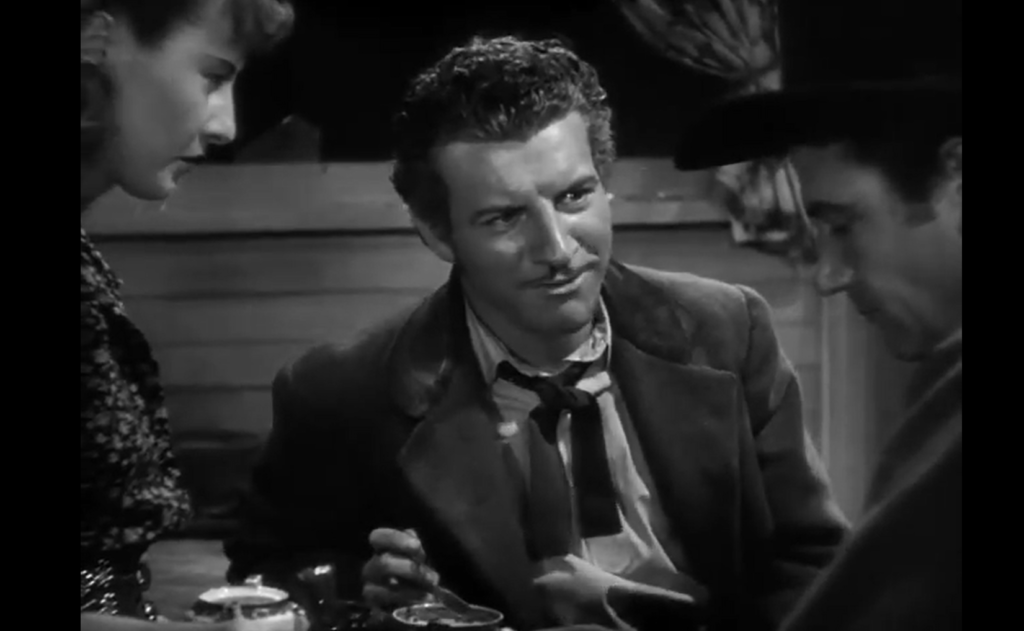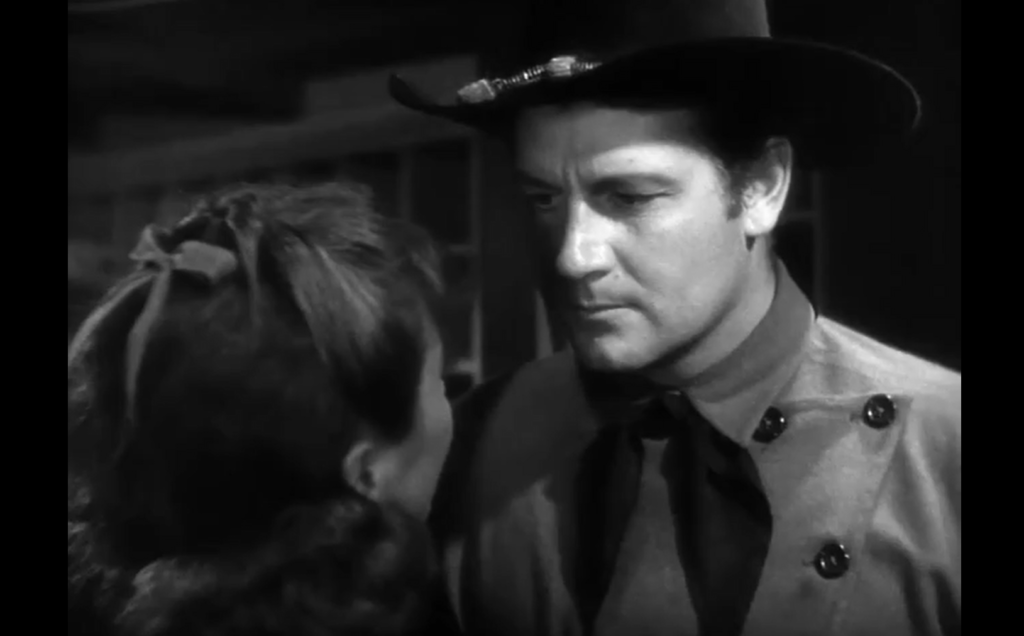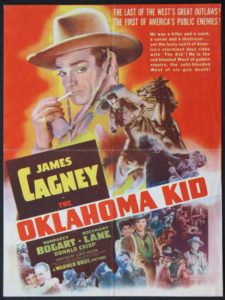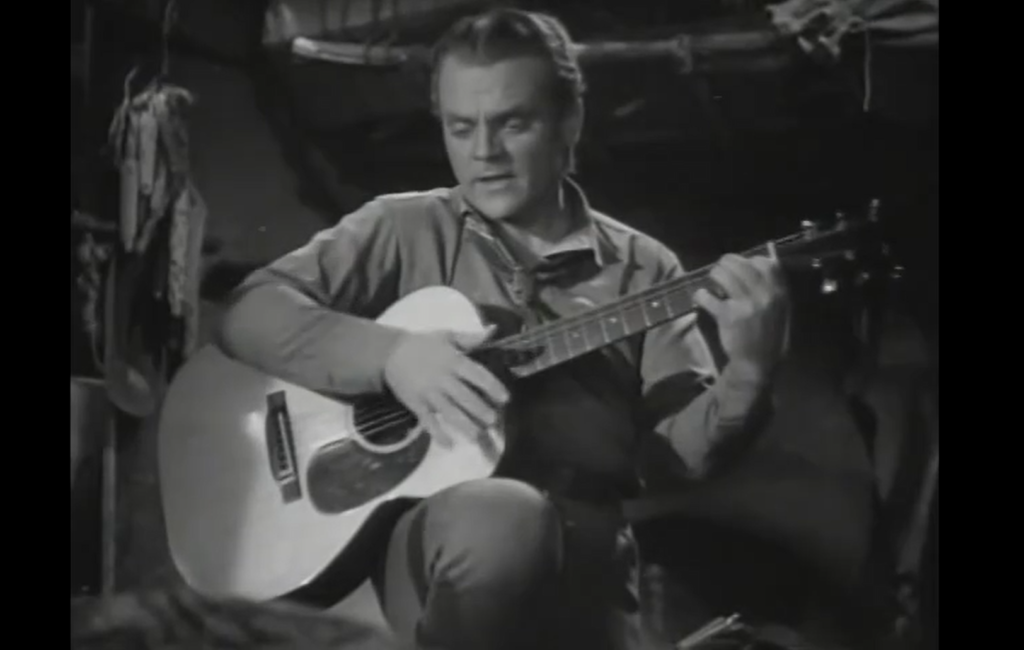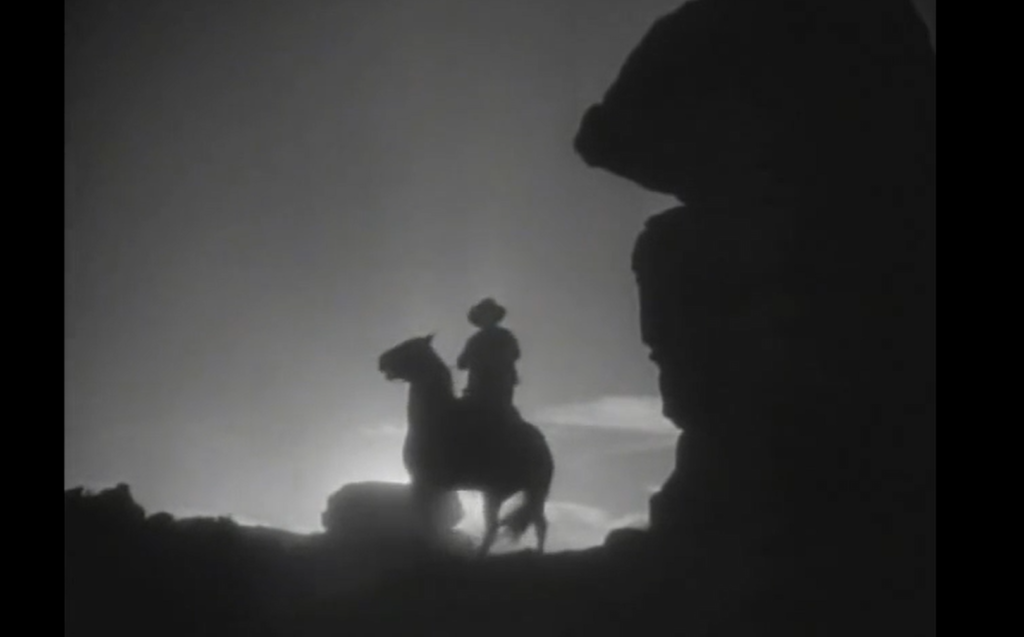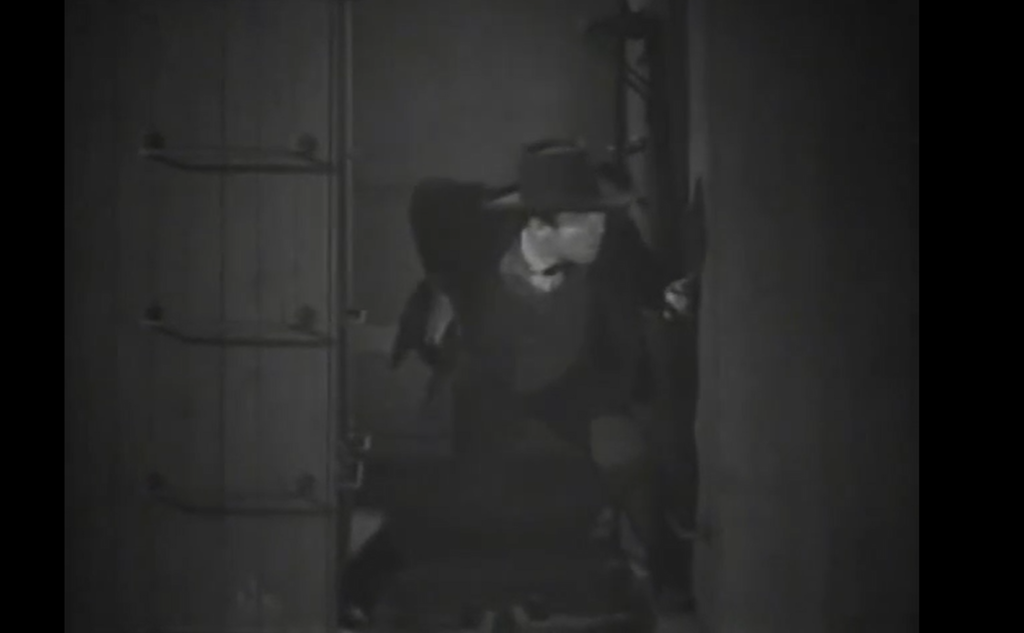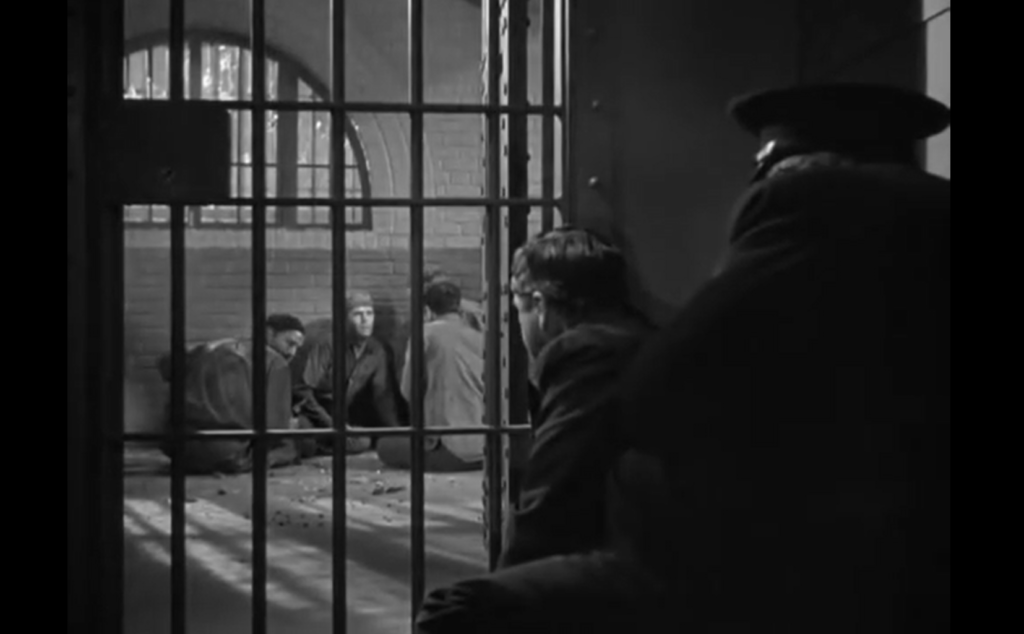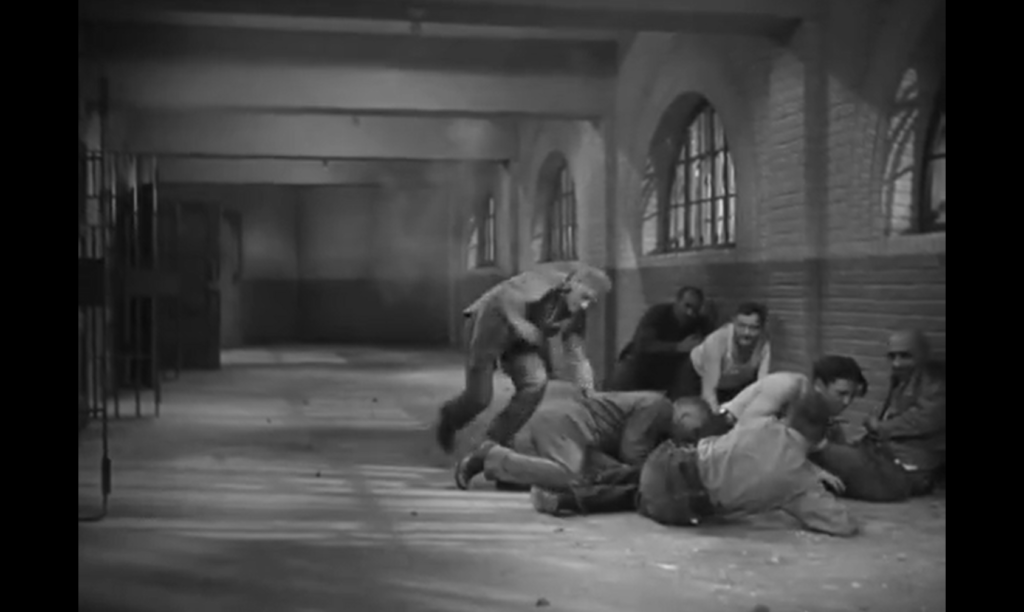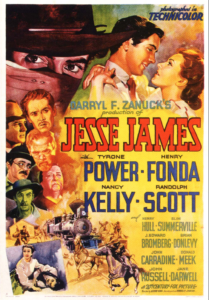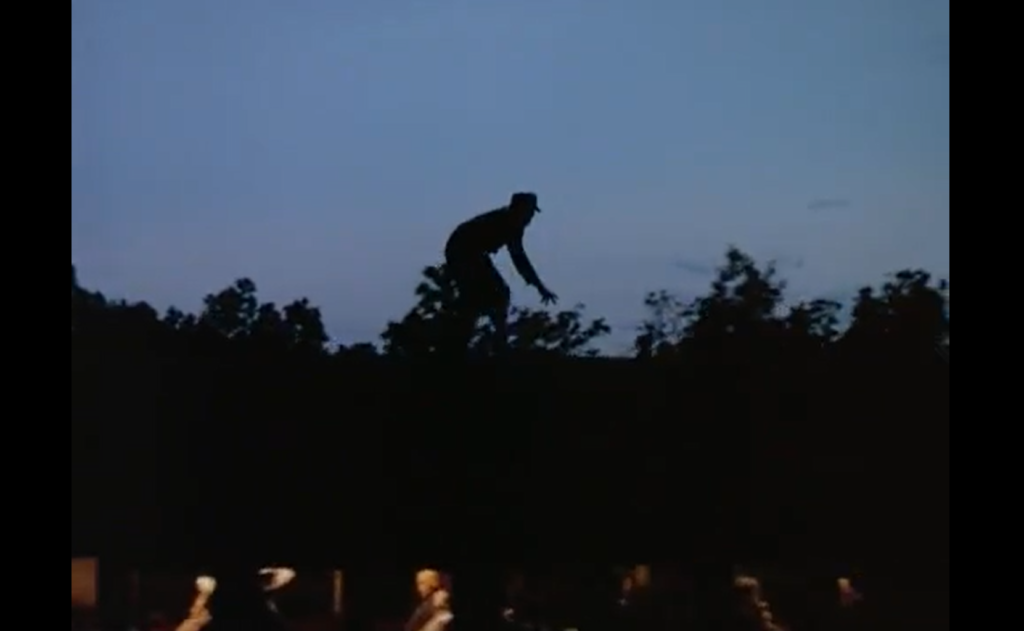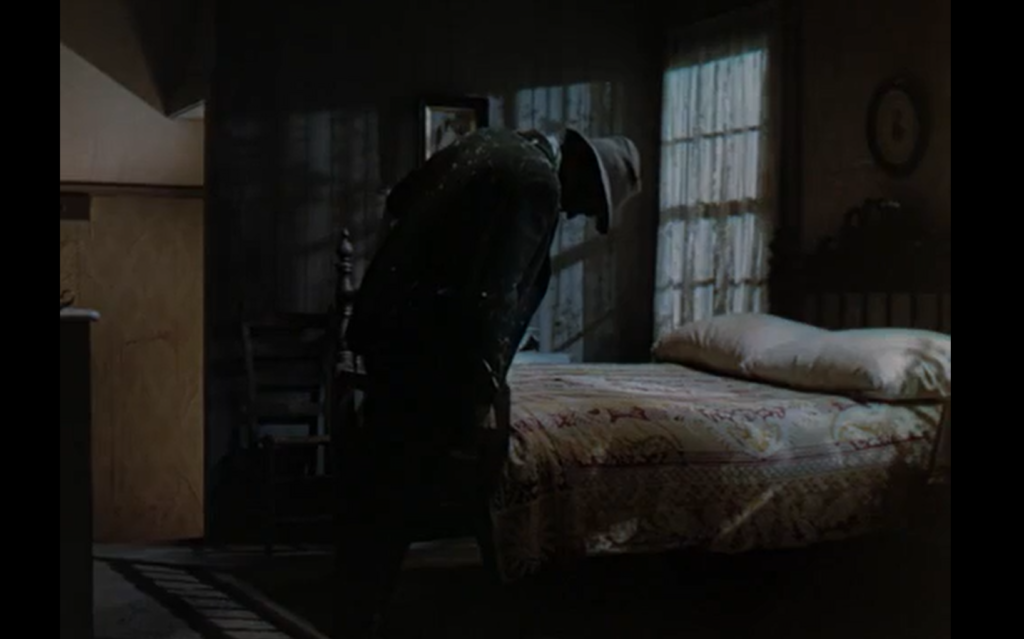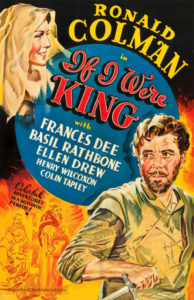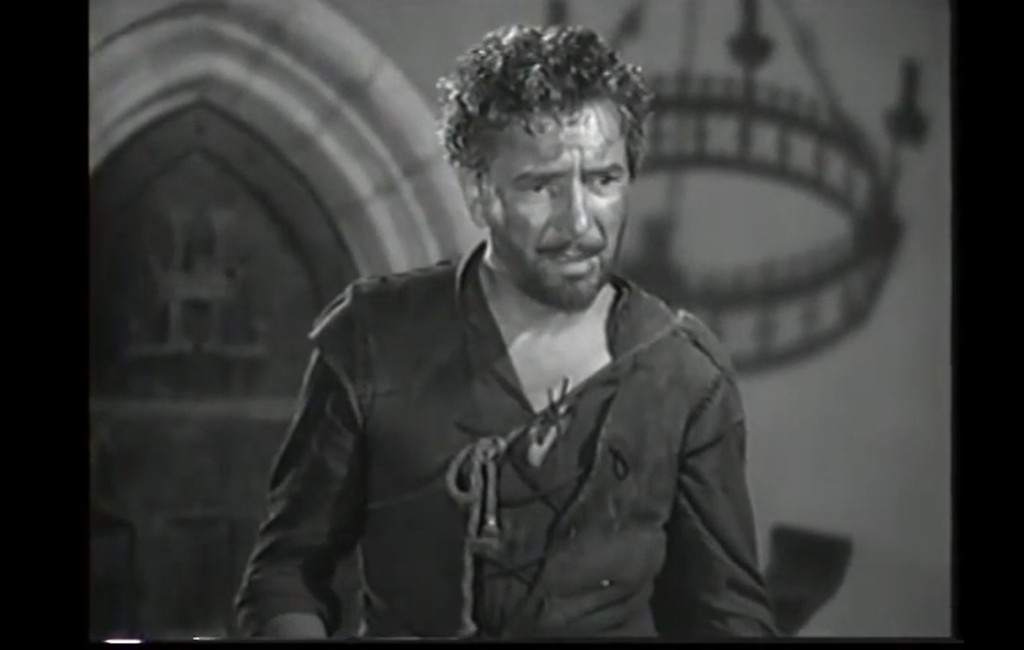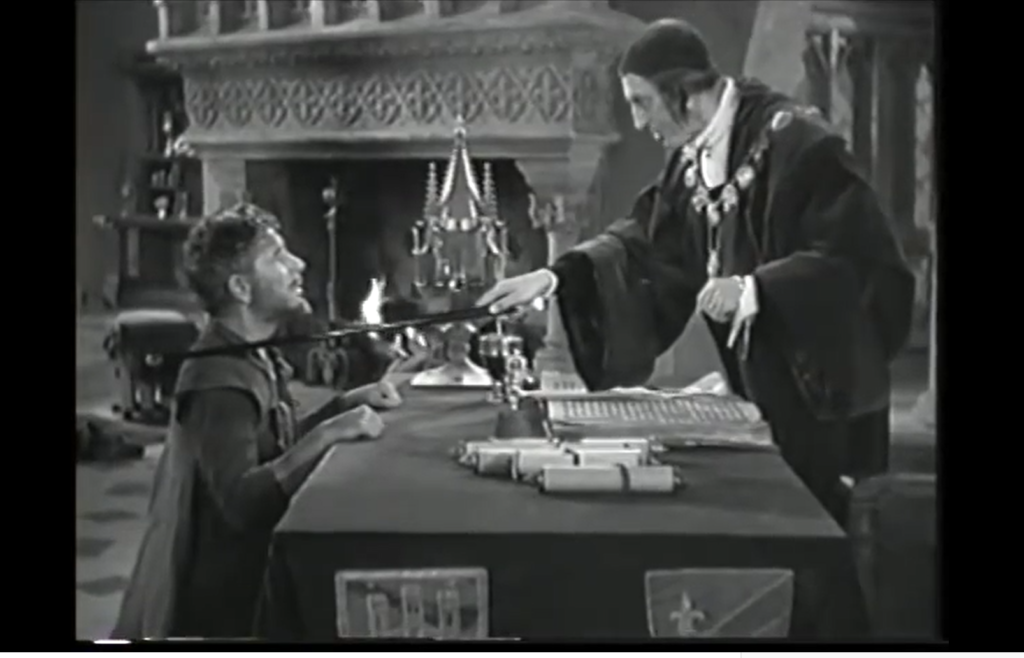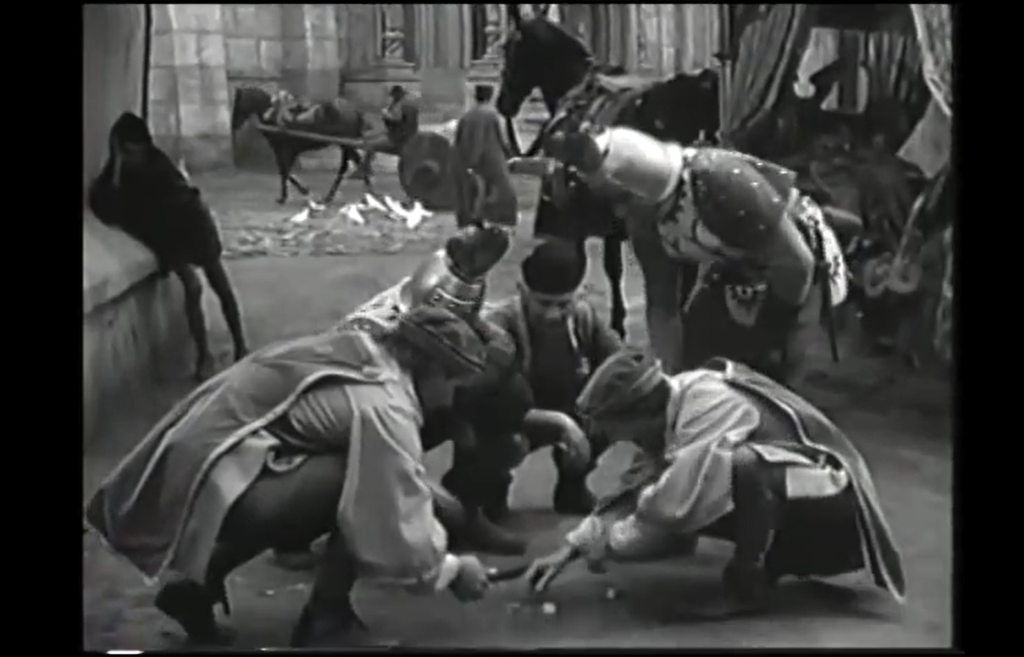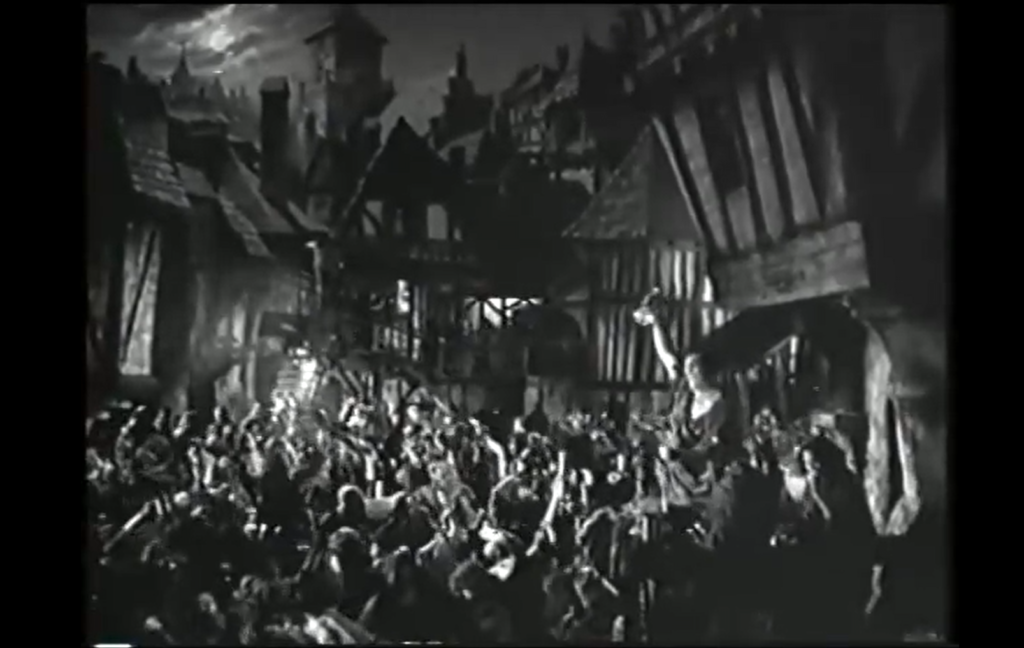|
Genres, Themes, Actors, and Directors:
- Africa
- Basil Rathbone Films
- Cecil Kellaway Films
- Douglas Fairbanks, Jr. Films
- Lionel Atwill Films
- World Domination
Review:
This explicitly pro-Colonial “tribute” flick opens with a dedication to “the countless millions bred in the British Isles who, through the past four centuries, have gone forth to the far corners of the earth to find new countries, to establish laws and the ethics of government, who have kept high the standards of civilization” — then shifts to a slide describing the Gold Coast of Africa as “– heat — humidity — fever — known for years as ‘the white man’s grave’.”
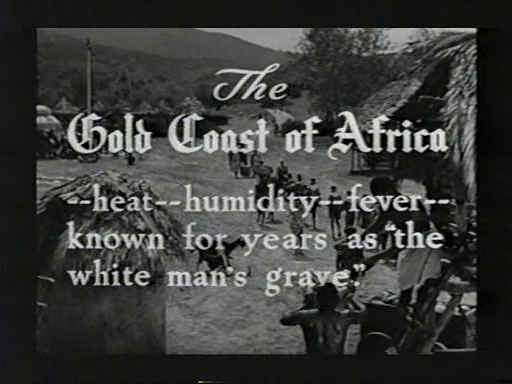
This condescending tone is maintained throughout, with Smith’s familial brood showcased as noble and heroic martyrs to the “cause” of colonialism. Just as troublesome is the inexplicable central subplot involving Atwill, ants, radio signals, and dastardly intentions — what in the world is this all about?
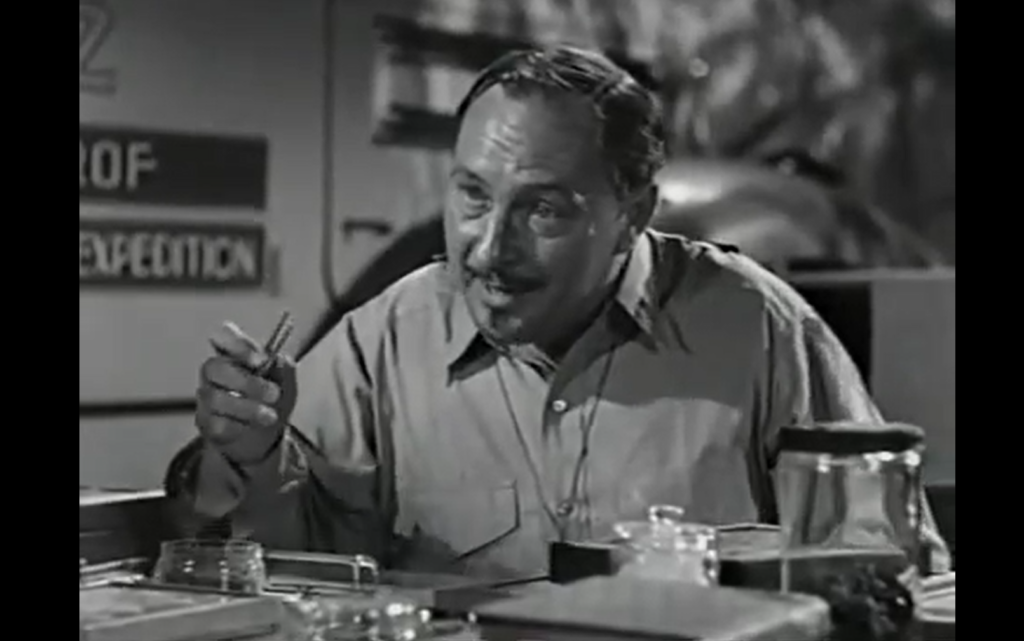
It seems we’re meant to view Atwill as a generic baddie stirring up foment in dominated peoples on behalf of his own hunger for power; was this merely a panicked plea from those who saw the writing of World War II and a post-colonial future on the wall? And what in the world do ants have to do with all of this, anyway? We are primed to cheer for Fairbanks, Jr. as he makes restitution for an unintentionally lethal error in his work, but to what end? This film is a bit of a muddled mess, and hasn’t aged well at all.
Redeeming Qualities and Moments:
- Basil Rathbone in an atypically sympathetic role
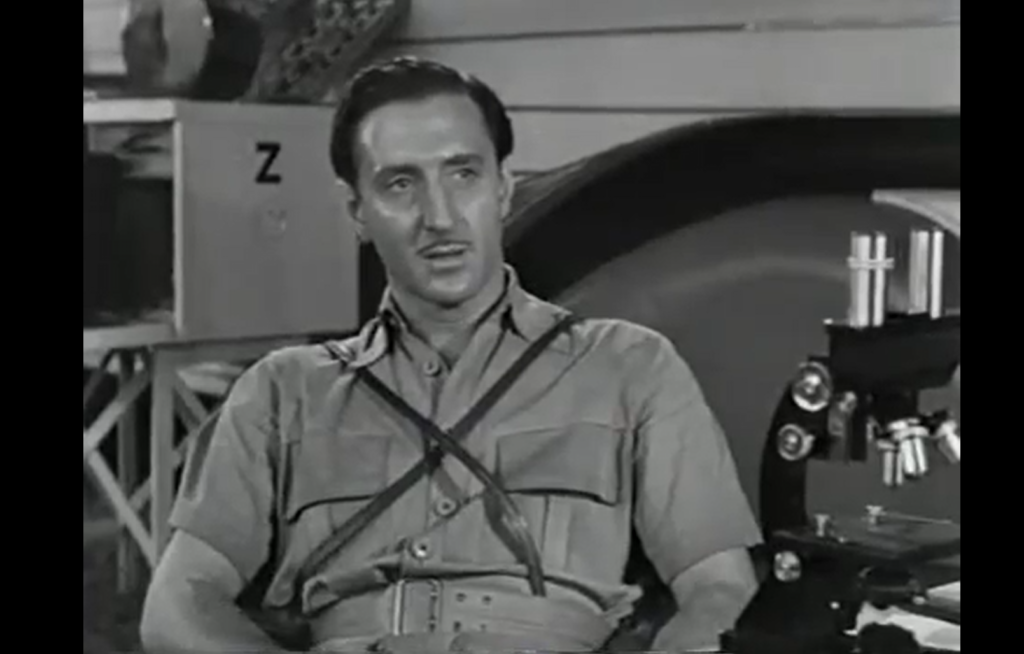
Must See?
Nope; feel free to skip this one.
Links:
|
